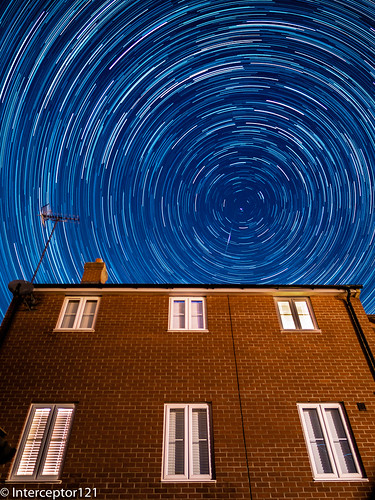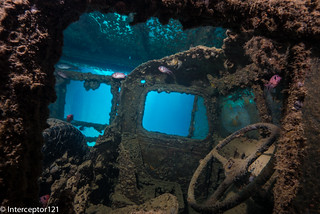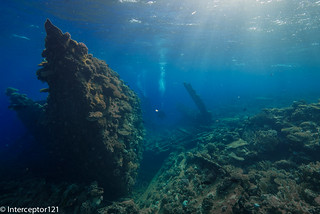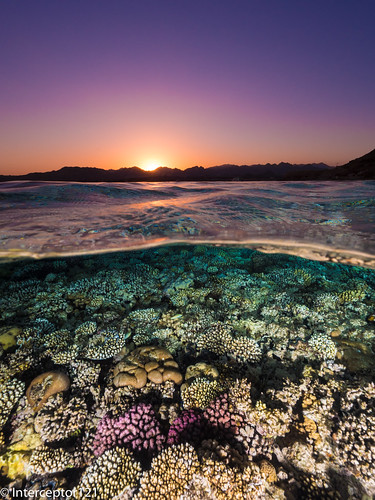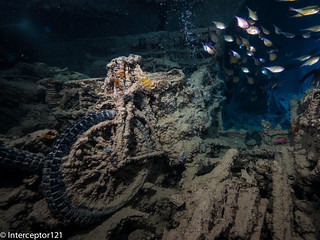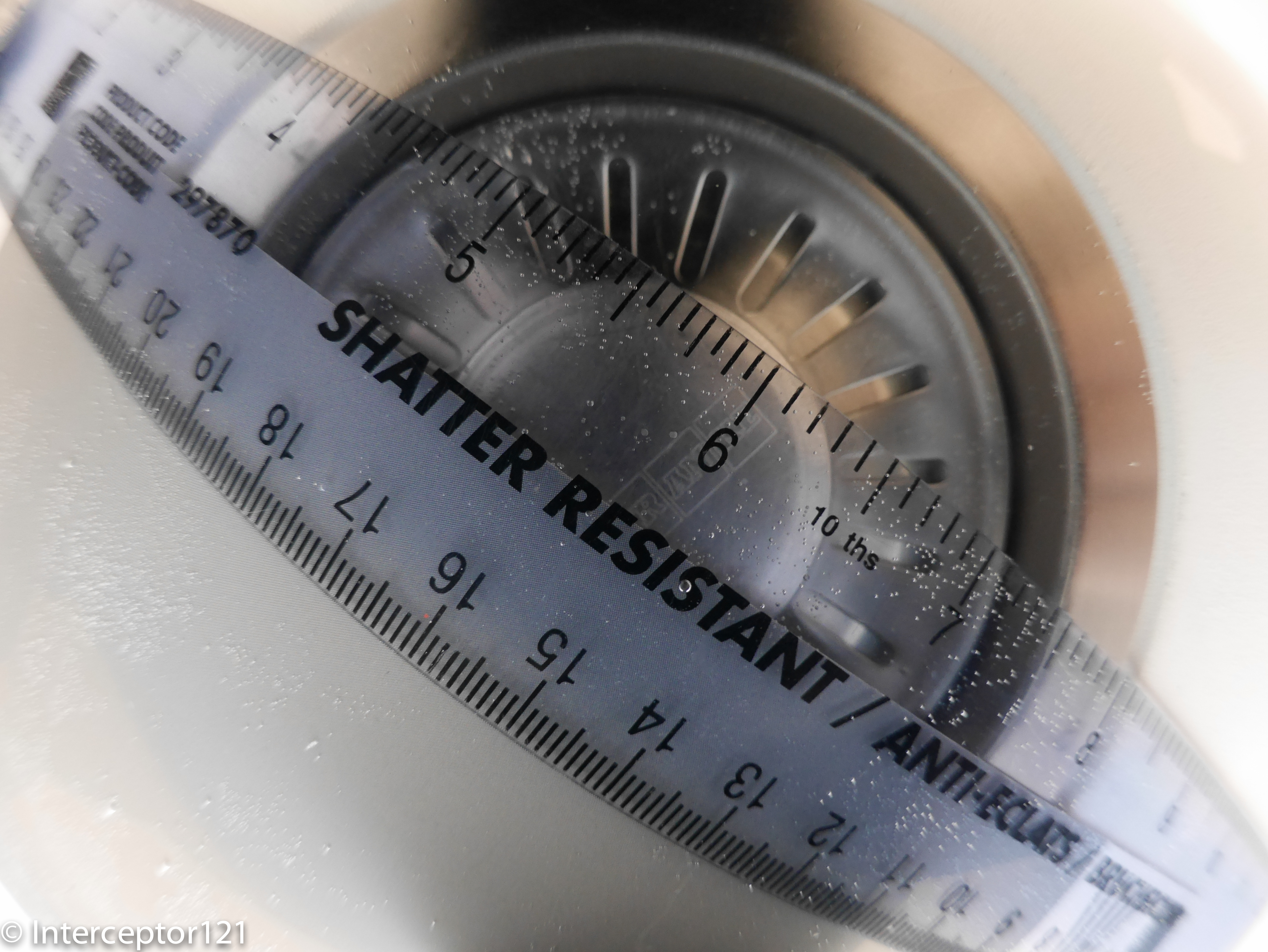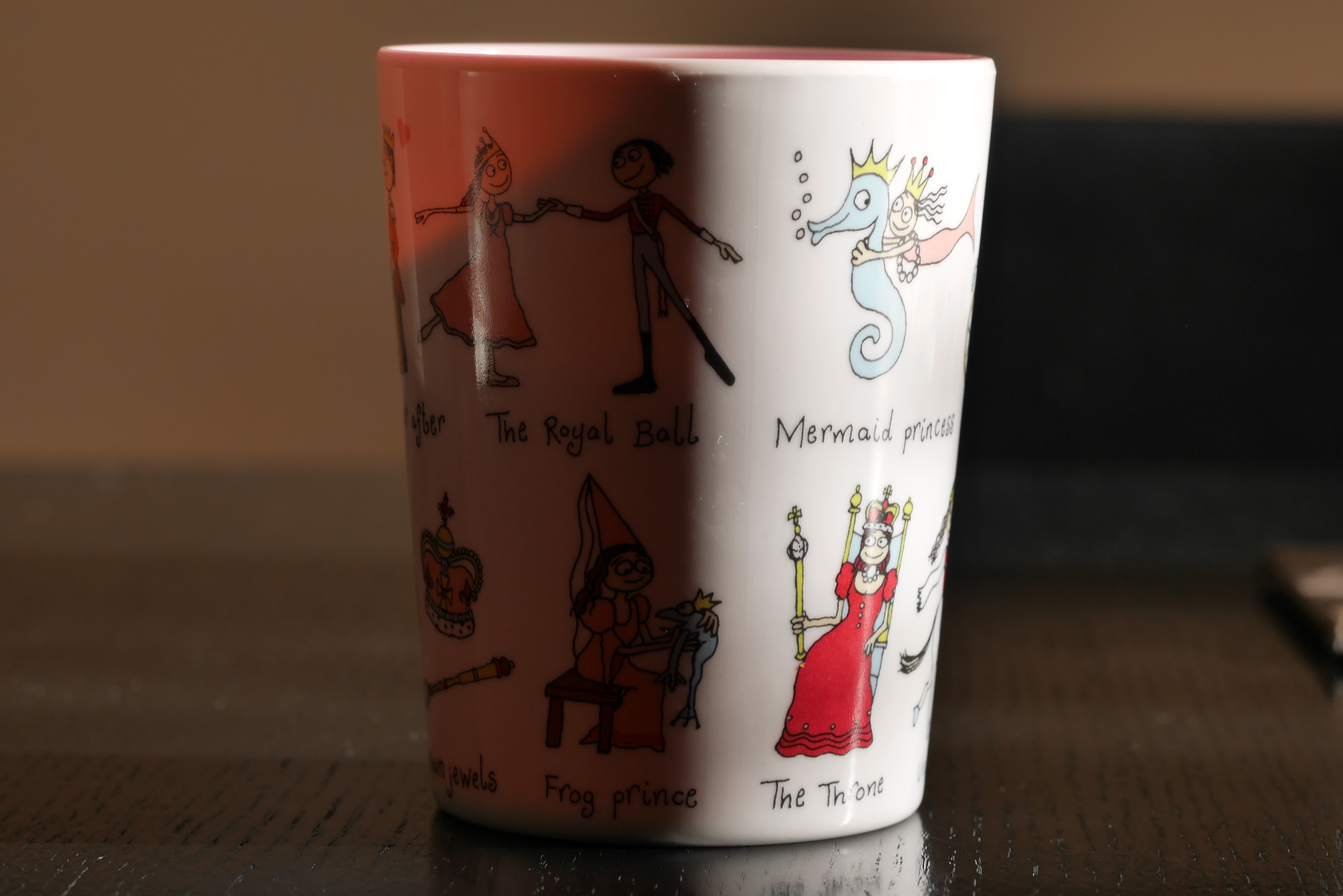On June 24 2020 Olympus corporation has announced they will divest the imaging business and sell the business to be carved-out to JIP (Japanese Industrial Partners).
The full script is here: Memorandum.
Olympus had already delayed the disclosure of financial results for the year ended 31 March 2020, Nikon had already done the same. Clearly companies need to build some accounting provisions for Covid-19 however you would argue that for the year ended on 31st of March the impact of Covid-19 was not substantial as most countries only entered lockdown in March and this is not a prime period for camera sales anyway.
As as an M&A consultant specialising in carve-outs and divestment I have my views on how this will turn out based on my experience but this is not the purpose of this post. What I wanted to do is to perform a short analysis of what I think has gone wrong and what is likely to be the most significant challenge to the newco that will be formed from Olympus imaging business.
The overall situation of the camera market
According to CIPA worldwide sales in units have fallen 87% since 2010.
The overall number of images is actually growing however as of 2017 85% of those pictures are taken on mobile phones.
According to DxOMark and other sources, mobile phones are closing the gap on cameras on a number of aspects. Mobile phones have a lot of development behind and have powerful processors that combined with multiple lenses can produce stunning images.
Most images are consumed on mobile phones and are usually limited to resolutions lower than 4 megapixels or even 1.5 megapixels like Instagram we can understand where this is all going. There is software that allows you to retouch your images directly on your phones one of the reason why instagram is so popular.
As the market for digital camera shrinks camera manufacturers feel the squeeze and this means business will disappear in the process with Covid-19 putting a final stake in what was already a walking dead: Olympus camera business.
Why Olympus?
First of all Olympus is not the first company going through this, it has already happened to Pentax though this entity was sold at profit in the golden years of digital cameras. Contrary to what most people think Olympus was not originally a camera brand but started out with medical and microscopes in 1919 only in the mid 30s Olympus started making cameras and as of today Olympus is predominantly a B2B enterprise. Olympus has also been at the centre of significant corporate fraud in 2011 and in 2016 was also in the middle of a bribery scandal in US. The last ten years of Olympus corporation history have been plagued by misconduct and therefore nobody would go anywhere near a possible acquisition of Olympus assets at least until now.
As of FY 2020 the imaging division has posted 3 consecutive years of losses with a 10% revenue reduction on FY 2019. Olympus had started the restructuring of their manufacturing operations in 2017 and has cut c45% of their operating losses as result. As a division is still loosing cash and therefore if you had to evaluate the business in terms of EBIT multiplier, a common method for corporate transactions, Olympus Imaging Division is worth nothing and actually it has negative value means it costs cash just to run.
The improvement trajectory and the nature of the distressed business has fallen in the interest of JIP who specialised in acquiring divisions of loss making companies and had already closed deals with Sony, Nec to name a few.
Some Olympus consumers have felt betrayed by this move as Olympus had repeatedly affirmed they were continuing the camera business however the reality is that nobody was likely to go anywhere near it until now and the moment they have a prospective buyers this would most likely proceed as it has happened. From corporate point of view, despite the various scandals, Olympus has been increasing their operating profits as the other divisions are all successful. Removing a loss making divisions will greatly benefit the shareholders and investors and will also allow Olympus to focus on the segments that are successful. If the proposed transaction completes Olympus will effectively exit consumer markets.
So in short Olympus is divesting the imaging division because is loss making, it dilutes shareholder value and they now have a potential buyer, it would be crazy for them not to proceed in consideration of the overall situation of the camera market.
Questionable Choices
In addition to the compression of the digital camera market, Olympus has also made some questionable choices, and is affected by the overall stagnation of imaging sensors. Olympus does not make their sensors since a long time, previously they bought them from Panasonic, then lately from Sony.
Sony who makes sensors for most brands including Nikon and Panasonic, has not released anything new in the micro four thirds segment since 2017. For this reason we have not seen a rush from Panasonic to release new models and things have been pretty quiet on their front since the G9 camera in 2018 with the rest of the range just aligning to the 20 megapixel sensor.
Olympus instead has released a few models of their flagship OMD range, the EM1X and the EM-1 Mark III, both based on the same sensor technology of the previous OMD EM-1 Mark II released December 2016.
The EM1X specifically aimed at the professional wildlife photographer has a RRP of £2,699, that is the same price of a Nikon D850.

Combined with the Olympus 300mm f/4 prime the EM1X is 2.3 Kg while the D850 with the Nikkor 500mm f/5.6 prime is 2.4 Kg. The Nikon set up ends up being around £6K while the Olympus is £4.7K at RRP. I am not sure this is an appealing proposition considering the significant IQ difference between the two cameras and the pretty identical weight.
Also to consider that at £1,499 you can buy a Nikon D500 that has the same RRP of the new OMD EM-1 MKIII. Now it is possible that Nikon is heavily discounting items and they are going to go bust next, however you can clearly see that competing with those boys may not be a good idea.
The Micro Four Thirds Benefits
The benefits of MFT are listed in the four thirds website here.
There were 3 key items:
- Radical reduction in thickness, size and weight
- An interchangeable lens system designed to handle video in the future
- Continued use of four thirds lenses
Looking at the reduction in size the EM1X is not a good example for this and we can argue the Panasonic G and GH series body are neither. Panasonic had to accommodate item 2 video handling and to do that needed to include an heatsink in their models and this makes the shape of the GH5 large. Then they continued that trend with the G9: both cameras are very similar to an APSC DSLR and larger than Sony A series.
Olympus never cracked the video space, their cameras are limited in that respect while Panasonic has scored significant success and now brands like Zcam and Blackmagic Design use MFT sensor for semipro cinema cameras that perform very well in that segment.
So MFT has not disappointed as a whole, though Olympus seemed to have lost track of the manifesto, and ended up competing in territories where other players are already consolidated. It has to be said they have done that on their own accord as the OMD EM-1 MKII is a very capable camera for who does not want to invest in a large rig and with a battery grip gives you pretty much the same of the EM1X at half the cost or less at today prices.
What happens next?
It is worth looking at what is in scope and what is the envisaged structure of the imaging division after the carve-out.
Scope
There is mention that the prestigious brands of OMD and Zuiko will continue with NewCo. In short this means that OMD and Zuiko that really were product lines become brands. This is because Olympus corporation will continue and therefore NewCo cannot be called Olympus cameras or similar. There is no mention of Pen or Tough lines to be in scope of the transaction specifically, this may be simply omitted or those are not in the interest of JIP.
NewCo will also maintain the R&D and manufacturing functions, this is important as otherwise product development would not be possible. We need to understand practically what does this mean in terms of key people and which one will move along and which one will leave.
Timetable
JIP is currently performing diligence and, subject to confirmation of their assumptions, the deal would be signed at the end of September and then close at the end of 2020. JIP has now access to Olympus data and financials and this will help them confirm their offer, but potentially could also mean they back off if the situation is worse than expected. Olympus has also committed to continue the restructuring already in progress, this is important as that has an impact on the valuation of the business.
Transition Agreements & Rebranding
When the transaction is complete it is possible that there are still dependencies on the seller and therefore transitional service agreements are put in place. It is easy to imagine that those will go ahead for 18 to 24 months and the largest question mark is up to which point the NewCo will be allowed to use the Olympus brand and how they are going to deal with re-branding. Re-branding can be lethal to businesses I do not want to provide a long list but there is an intangible value to the name of a brand and is not simple to switch consumer to the new brand and keep them all, people sometimes, actually most times, go elsewhere and Panasonic will most definitely benefit from this.
The immediate future
Usually when those type of transactions are announced there are all sorts of activities to say that is business as usual, things will get better and products roadmaps and other events are promptly coming out to reassure consumers. The prime reason for that is that consumers may want to switch right now or if they were planning to buy this specific brand they may change their mind. The reality is that carving-out a business is not easy and nobody really knows how things will turn out.
Micro Four Thirds Future
The crisis at Olympus is not a good thing for Micro Four Thirds there is no doubt about it, however this should not be too much of a worry for day to day life. DSLR has been pronounced dead years ago but is still there and MFT is an important step towards mirrorless. It is evident that cameras will eventually move towards mirrorless and the advances of Olympus cameras on autofocus are an important step, today only Sony and Olympus have decent autofocus on mirrorless. Canon and Nikon are playing catch up but their pro equipment is still DSLR.
The market is shrinking and Olympus is not going to be the last company to struggle, who will survive is not necessarily linked to who has the best product, but to those who can manage the market situation and can align to consumer needs.




